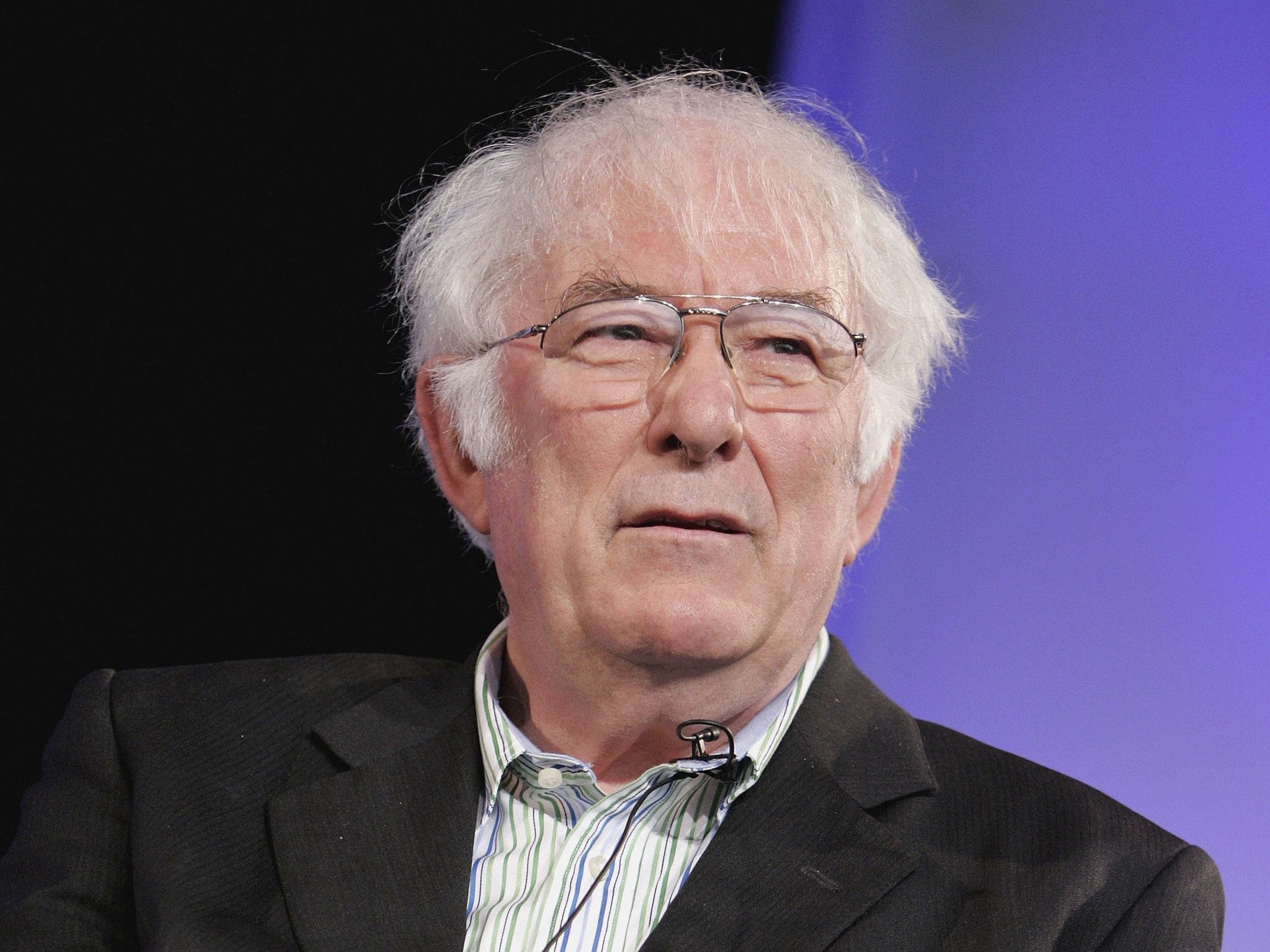


I realize this may be difficult for people of color to hear. Most are settlers (also “ colonizers”) or immigrants by choice, with the exception of Blacks who are descended from slaves who were settled here without their consent.Īll of today’s settlers and immigrants are in one way or another beneficiaries of genocide and land theft, even if they are simultaneously themselves victims of other forms of discrimination (with the possible exception of migratory Indigenous peoples of “Meso-America”). Immigrants are people who came later to cash in on the benefits of American citizenship that didn’t necessarily include land (but might have if they came with enough money to invest in American land).

Settlers are people whose ancestors who came to acquire recently dispossessed Indian lands, such as recipients of the homesteads of the nineteenth century and earlier land speculators. People with ambiguous “Native ancestry,” like Elizabeth Warren, are so disconnected from whatever Native roots they may have had that they can no longer be considered Native. People who do not have ancestral connections to Native communities are all either settlers or immigrants. This is the core of a system we call settler colonialism. The single, irreducible element of the racism American Indians have been subject to is the acquisition of our lands, and this is what makes racism against American Indians different than all other forms of racism and discrimination. Racism is certainly not limited to African Americans American Indian people have for centuries been targeted in countless ways that are fundamentally genocidal in nature. White privilege centers the concept of race, describing racism as systemic and hierarchical, often in binary terms of black and white, which has its limitations for other people of color. Not that it was necessarily easy for white people to accept that they are in fact “more equal” than others, but the essay opened up a conversation that has gained serious traction in our social discourse, especially now when racism is on full, unobstructed display in this Trumpian moment.
#White privilege unpacking the invisible knapsack analysis skin
Peggy McIntosh first popularized the concept of white privilege in her now-classic 1989 essay “ White Privilege: Unpacking the Invisible Knapsack.” The impact of her essay was due at least in part to its clarity and readability it broke down into a list of easy to understand ideas why white people have unearned advantages in society based on their skin color. What you have undoubtedly heard of, however, is white privilege. So, I’d like to take my turn at the virtual mic to talk about settler privilege, something you likely have never thought of, or have never even heard of. November is Native American Heritage Month, when we as American Indian people get to have the mic for a little while. Samoset comes "boldly" into Plymouth settlement.


 0 kommentar(er)
0 kommentar(er)
